Forex EAs (Robots), Forex Reviews
5 Top-Rated EAs and Their Powers for Prop Firm Success
5 Top-Rated EAs and Their Powers for Prop Firm Success
In the fast-paced world of proprietary trading, Expert Advisors (EAs) have emerged as game-changers. These automated systems streamline the trading process, offering traders a seamless experience while adhering to sophisticated algorithms and strategies. The allure of EAs stems from their ability to function 24/7, minimizing emotional biases and maximizing efficiency. This capability is particularly captivating for prop firms, where speed, precision, and risk management are non-negotiable. As technology advances, traders are increasingly leveraging EAs to pass prop firm evaluations, a testament to the tools’ robustness in meeting rigorous demands and achieving substantial profit margins. In this article, we’ll delve into the top-rated strengths of EAs and how they can be your ticket to prop firm success.
Unlocking the Power of EAs for Prop Firm Success
The ubiquity and versatility of Expert Advisors in today’s trading environment cannot be overstated. With their ability to enhance decision-making processes and enforce strict adherence to predefined trading strategies, EAs are instrumental in achieving consistent success. Their power lies in their capacity to adapt, continually analyze market conditions, and execute trades without human errors, paving the way for seamless interaction between technology and trading in prop firms. As we unfold the potential of EAs, it’s imperative to grasp what constitutes an EA and how it serves its purpose in trading ecosystems.

What is an EA and How Does It Work?
An Expert Advisor (EA) is an automated trading system specifically designed to execute trades based on pre-defined rules and algorithms without the need for human intervention. Originating from platforms like MetaTrader 4 (MT4) and MetaTrader 5 (MT5), EAs are the digital workhorses that tirelessly monitor market conditions, analyzing potential trading opportunities with precision and speed. Much like a seasoned chef knows exactly when to flip a steak, EAs perform trades with impeccable timing to capitalize on market fluctuations.
The allure of EAs lies in their automation and efficiency. Imagine a seasoned trader whose sole concentration never falters, who executes trades with no emotional bias, and who adheres consistently to a strategy this is essentially what an EA provides. They are particularly adept in high-frequency trading where milliseconds can affect profitability.
The core functionality of an EA involves:
- Monitoring market data continuously.
- Analyzing complex market indicators to generate trading signals.
- Executing trades automatically once predefined conditions are met.
The design and development of these systems require a blend of technical prowess and trading acumen. Building an effective EA is like constructing a piece of high-tech machinery precision in every component is crucial for optimal performance.
An EA’s effectiveness is often measured by its backtesting results on historical data, with key performance metrics like profit factor and drawdown indications providing insight into its ability to handle market volatility and manage risk. The adaptability of EAs enhances their value, allowing traders to tweak strategies to optimize performance according to specific trading goals or prop firm manuals. In essence, selecting and configuring the right EA is akin to having a trusted partner on your trading journey.
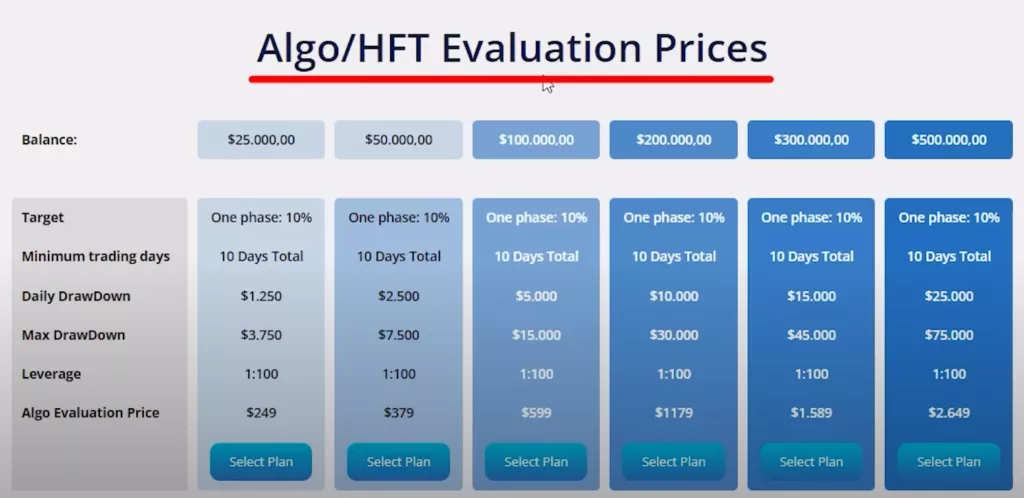
The Benefits of Using EAs in Prop Firm Trading
Employing EAs within prop firms offers an array of benefits that align perfectly with the objectives of these trading entities. One of the most profound advantages is consistent trading execution, which mitigates emotional biases that often lead to erratic trading behaviors in humans. In the context of prop firms, where performance benchmarks are rigidly set, the role of an EA in maintaining trading discipline is invaluable.
Think of EAs as a well-tuned orchestra following a maestro’s guidance to produce a harmonious musical piece. Similarly, EAs adhere to strategic rules laid out by traders, ensuring trades are executed with seamless precision and accuracy. This strict adherence to pre-set strategies ensures maximum compliance with prop firm regulations, a critical factor for achieving success in this competitive domain.
Key benefits of using EAs include:
- 24/7 Market Monitoring: EAs tirelessly scan and analyze market conditions, providing traders the ability to catch lucrative opportunities irrespective of the time.
- Risk Management: Advanced EAs integrate dynamic risk management protocols, like adaptive stop-loss settings and position sizing, essential for adhering to stringent prop firm standards.
- Time Efficiency: Delegating routine tasks to EAs allows traders to focus their cognitive efforts on strategy development and market research rather than mundane execution.
Furthermore, the ability of EAs to backtest strategies provides a layer of security by enabling traders to fine-tune their approach to meet specific prop firm requirements. This capability is particularly beneficial to traders who are often pressed for time during evaluation phases. As technology continues to evolve, EAs remain at the forefront, enabling prop traders to enhance operational efficiency and positive trading outcomes.

Key Factors to Consider When Choosing an EA
Selecting the right EA is akin to picking the optimal tool for a precise task; it’s not just about finding an EA that works but finding one that aligns perfectly with the prop firm’s goals and trading ethos. An EA’s effectiveness is often tied to its compatibility with existing trading strategies and platforms like MT4 and MT5, where seamless integration is paramount.
The best EAs are those that are adaptive, able to adjust to different market conditions while maintaining robustness. Moreover, evaluating an EA’s historical performance offers critical insights into its prospective success. This involves scrutinizing metrics such as win rates, risk-adjusted returns, and maximum drawdown percentage.
Essential factors when selecting an EA include:
- Strategy Compatibility: The EA should align with the trader’s strategic goals and the firm’s risk management protocols.
- Historical Performance: Proven track record demonstrated through consistent and positive backtest and forward-test results.
- Customization Options: Ability to tweak settings for entry/exit rules, risk parameters, and trading frequency to personalize the trading experience.
- Ease of Integration: Compatibility with existing platforms and ease of implementation are critical for a smooth operational experience.
Selecting an EA is akin to customizing a suit; it must fit perfectly with the firm’s requirements and trader’s preferences while adapting to fluctuating market environments. Once chosen, continuous monitoring and adjustments will ensure that the EA remains a prop trader’s most valuable asset, capable of delivering consistent and reliable results.

Best EAs for Prop Firm Challenges
The power of EAs in prop firm trading lies in selecting the ideal algorithms tailored to specific trading environments and success metrics. These automated tools are paramount for ensuring reliability and consistency during prop firm challenges. By utilizing sophisticated analyses and executing well-timed trades devoid of human errors, these EAs allow traders to conquer the rigorous evaluation criteria prop firms enforce, setting them on a path to passing with flying colors.
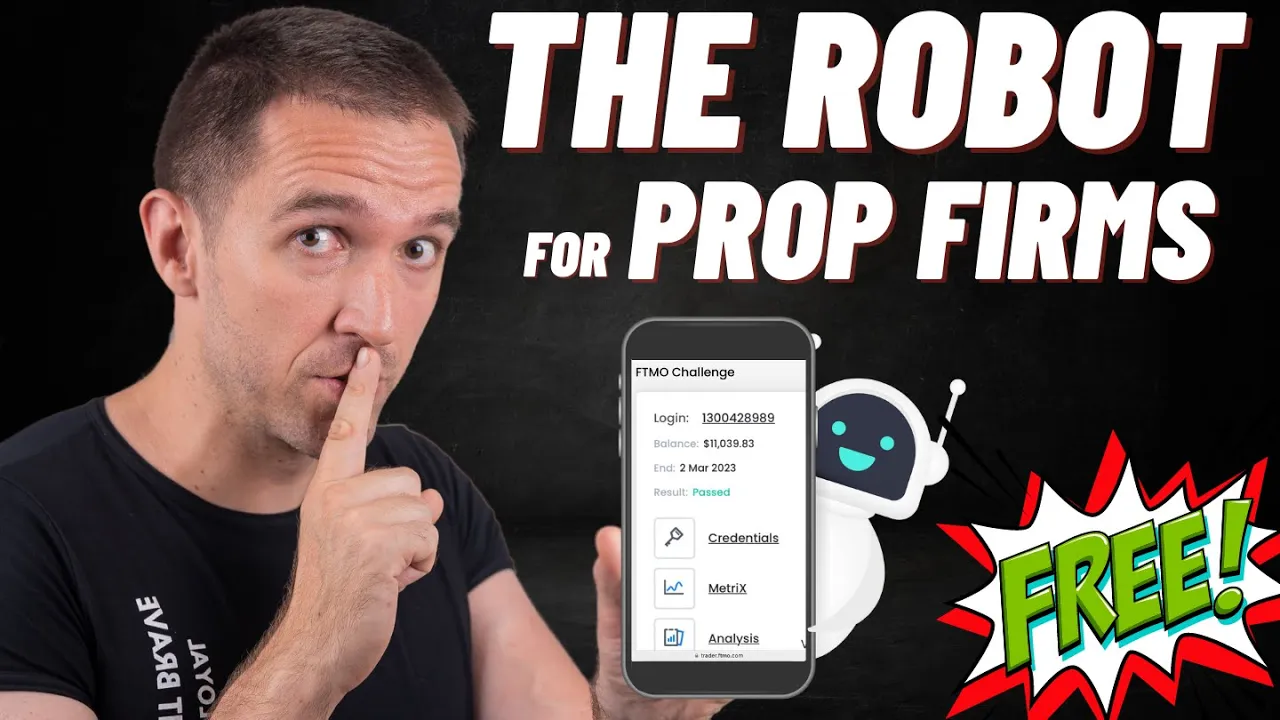
AI Prop Firms Forex Robot: Advanced AI-Powered Trading
At the forefront of modern trading technology, **AI-powered forex robots **revolutionize the way traders approach and conquer prop firm challenges. These sophisticated EAs are equipped with advanced AI algorithms capable of executing trades with precision and speed unmatched by human counterparts. They harness the power of machine learning to continuously analyze market conditions, adapting strategies in real-time to ensure optimal trading decisions.
One of the most tantalizing aspects of AI EAs is their capacity for intricate market analysis. Like a chess grandmaster, they anticipate market movements and pivot strategies accordingly, maximizing profit potential while minimizing risk. For traders seeking to meet the strict demands of prop firms, the use of AI forex robots offers a strategic advantage.
Key features of AI forex robots include:
- Continuous Market Analysis: Real-time monitoring of market changes and trends, identifying opportunities across multiple currency pairs.
- Emotion-Free Trading: Maintains consistency and resilience without succumbing to emotional biases, crucial for prop firm compliance.
- Dynamic Risk Management: Adjusts risk settings such as stop-loss and take-profit dynamically based on market conditions and account balance.
- Customizable Settings: Allows traders to personalize EAs according to their style and the specific requirements of the prop firm.
Platforms like FTMO and Funded Trading Plus facilitate the use of such cutting-edge technologies, enhancing the chances of passing firm evaluations with empowered trading capabilities. As AI continues to shape the trading landscape, embracing these innovations ensures traders remain competitive in the rapidly evolving prop trading domain.

FTMO Trading EA Robot: Proven Track Record and Reliable Performance
The FTMO Trading EA Robot exemplifies reliability and a proven track record in equipping traders to tackle the challenges posed by proprietary trading evaluations. This EA leverages historically successful trading algorithms, focusing on disciplined execution and the maintenance of strict risk parameters, two elements vital for passing prop firm tests.
The hallmark of this EA lies in its systematic approach to trading, much like a well-seasoned captain steering a ship through a storm. It utilizes sophisticated trading strategies to cover a diverse set of market conditions, ensuring robustness even during volatile periods. For traders, employing the FTMO Trading EA Robot is akin to wielding a surgeon’s scalpel, where precision and accuracy in every trade count towards achieving evaluation success.
Significant components of FTMO Trading EA include:
- Long-Term Performance Data: Demonstrated success in multiple prop firm challenges over extended periods.
- Adaptive Strategy: Implements flexible strategies that adjust to market currents, vital for risk-adverse trading.
- Risk Management Protocols: Strict adherence to risk management, such as predefined drawdown levels and trade limits.
- Seamless Integration: Smooth incorporation into most major trading platforms, allowing for easy adaptation by traders.
By leveraging EAs like the FTMO Trading EA Robot, traders can optimize their trading sessions, enhancing their probability of success in the demanding environment of prop trading. As traders become more attuned to the benefits of such automated systems, these tools stand as invaluable resources in navigating the complex waters of proprietary evaluations.
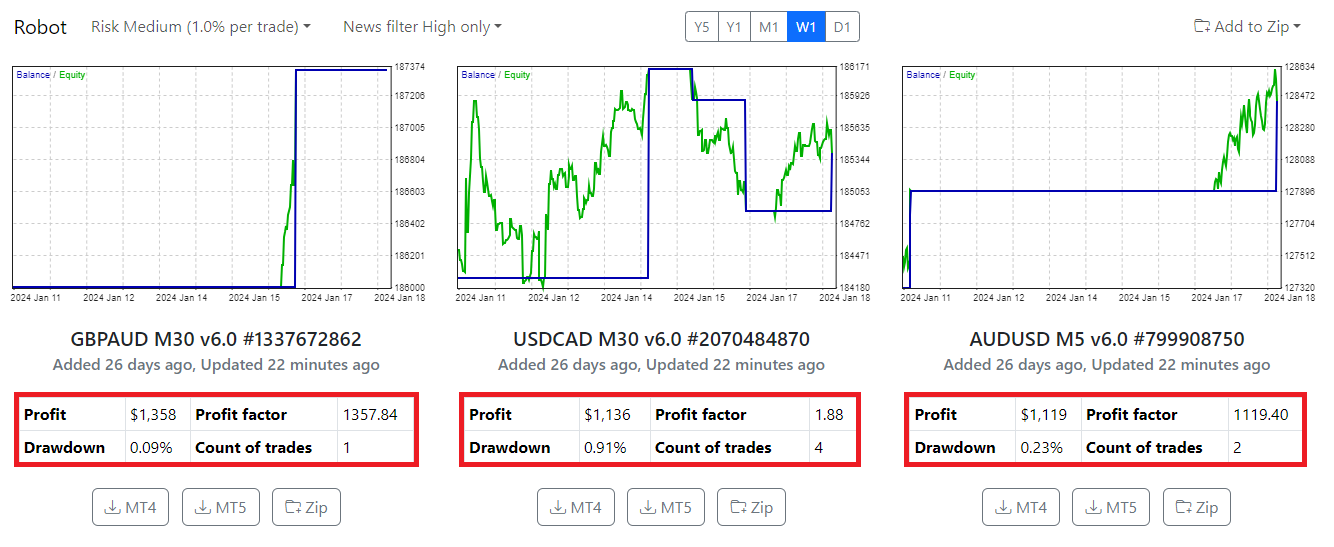
Oracle FTMO EA V2: Sophisticated Strategies for Optimal Results
The Oracle FTMO EA V2 represents a transformative leap in algorithmic trading, emphasizing sophisticated strategies developed specifically for excelling in prop firm settings. This EA is marked by an impressive suite of features designed to maximize accuracy and efficiency, enabling traders to achieve optimal results.
The Oracle FTMO EA V2 employs advanced techniques, akin to a masterful artisan equipped with tools honed for precision. Its algorithms are crafted to navigate market dynamics fluidly, capturing high-probability trades consistently. For traders, this EA offers a blend of ingenuity and reliability, setting a new standard in trading solutions designed to conquer prop trading hurdles.
Core components of the Oracle FTMO EA V2 include:
- Advanced Algorithm Deployment: Implements complex trading algorithms for superior strategic positioning.
- Market Adaptability: Quick adaptability to changing market conditions ensures reliable performance under various scenarios.
- Enhanced Risk Management: Utilizes sophisticated risk management protocols to safeguard trading capital.
- Performance Optimization: Continuous optimization options to refine and enhance trading outcomes based on live feedback.
Selecting the Oracle FTMO EA V2 enables traders to align their trading objectives seamlessly with the dynamic prop firm landscape, delivering a symphony of precision and efficiency. As this EA continues to garner attention, it remains a vital ally for those committed to excelling in the competitive world of proprietary trading evaluations.
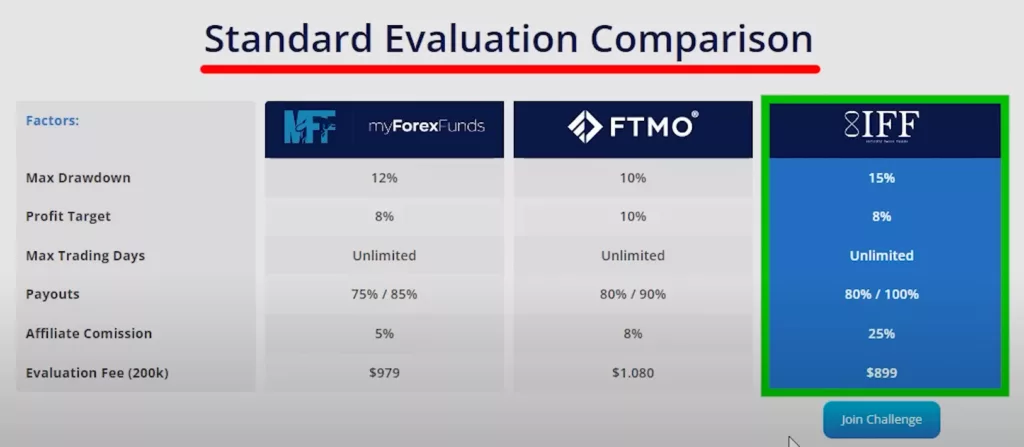
EA Passing Robot MT4: User-friendly and Effective Automation
Designed with user experience at its core, the EA Passing Robot MT4 offers an intuitive and effective approach to automating trades for prop firm assessments. Tailored for traders of all skill levels, this EA simplifies the complexity of market analysis and execution, offering a hands-free solution that underscores user satisfaction and operational fluency.
Imagine an apprentice guided by a seasoned mentor the EA Passing Robot works diligently alongside traders, simplifying the trading process without diluting effectiveness. With seamless functionality and comprehensive features, it stands as an accessible entry point into the nuanced world of automated trading.
Attributes of EA Passing Robot MT4 include:
- User-Friendly Interface: Simplified setup and operation make it suitable for both novice and experienced traders.
- Effective Automation: Incorporates automation technologies that manage trading activities efficiently.
- Integrated Risk Controls: Features built-in risk management settings like dynamic stop-loss and trade size adjustments.
- Comprehensive Support: Users have access to extensive support and resources, ensuring smooth operation and maximum utilization of features.
The EA Passing Robot MT4’s straightforward yet potent approach epitomizes automation, providing prop traders with a reliable, stress-free means of meeting evaluation criteria. As the trading community continues to embrace automation, tools like these become indispensable for transforming trading ambitions into achieved success.
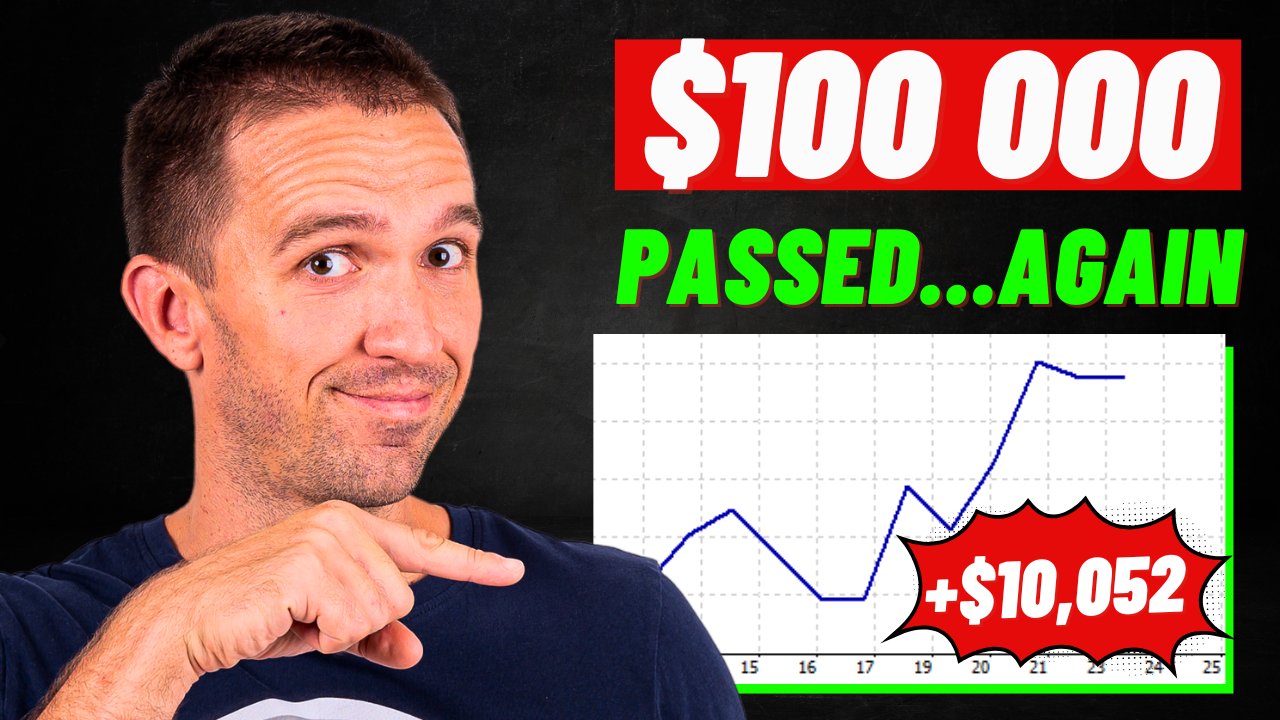
SpaceX Gold Pro EA: High-Precision Trading for Consistent Profits
The SpaceX Gold Pro EA emerges as a beacon of precision and consistency in the realm of prop firm trading, particularly for those focused on commodities like gold. This EA is engineered to navigate the nuances of gold trading with finesse, offering traders a potent tool for achieving sustained profitability in the volatile commodity markets.
Picture an eagle soaring through the sky, with acute vision and precision in its movements the SpaceX Gold Pro EA mimics this prowess, capturing market opportunities with unerring accuracy. By honing in on price patterns and volatility, it extracts value in a disciplined and strategic manner, making it a go-to solution for traders aiming for consistent returns.
Prominent features of SpaceX Gold Pro EA include:
- Targeted Commodity Trading: Specialized in gold, enhancing its effectiveness in this sector.
- Precision Algorithmic Execution: Analyzes and executes trades based on refined technical patterns and market trends.
- Risk Mitigation Strategies: Incorporates comprehensive risk management frameworks to preserve trading capital.
- Performance Optimization: Regular updates and optimization initiatives ensure relevancy and efficiency in evolving markets.
For traders pursuing stable profits in volatile environments, the SpaceX Gold Pro EA stands out as a reliable partner. Its dedication to precision and strategic execution underpins the core principles of successful prop firm trading, offering a pathway to long-term profitability.

How to Effectively Use EAs to Pass Prop Firm Challenges
Successful use of EAs in prop trading requires a thoughtful fusion of technology and human oversight, setting attainable benchmarks, and consistent strategy refinement. By synergizing with the right automated tools, traders can achieve a blend of efficiency and effectiveness, navigating the stringent conditions of prop firm evaluations with clarity and precision.
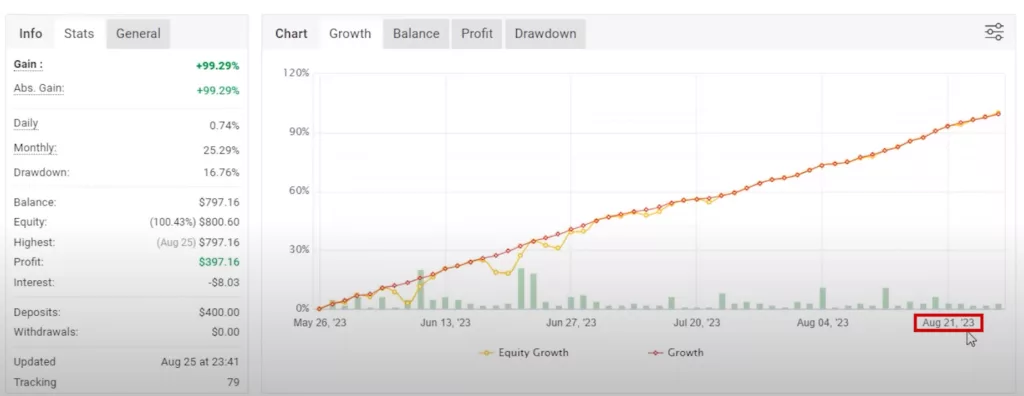
Setting Realistic Expectations
Setting realistic expectations is pivotal for traders navigating prop firm challenges with EAs. In the world of trading, it’s easy to be swept up by the allure of instantaneous success promised by automated systems; however, maintaining grounded expectations is essential to sustainable trading performance and psychological well-being.
What distinguishes savvy traders is their ability to view EAs as tools for augmenting trading capabilities rather than substitutes for skill and strategy. Think of EAs as co-pilots in an aircraft essential companions but not autonomous operators. They contribute to trading quality by executing strategies with precision, yet human judgment remains crucial for steering directional course.
Core principles in setting expectations with EAs:
- Understand EA Limitations: Acknowledge that EAs do not guarantee success; instead, they aid in implementing disciplined trading habits and reducing emotional biases.
- Profitability Benchmarks: Avoid setting unrealistic profit targets; focus on consistency and risk-adjusted returns as more sustainable goals.
- Testing Over Time: Continuously backtest and forward-test EAs to refine strategies, using demo accounts to mirror realistic trading conditions.
Staying rooted in reality allows traders to leverage EAs by maximizing their strengths while being cognizant of limitations. In doing so, they can build a robust framework for meeting prop firm evaluation criteria as they progressively fine-tune strategies and expectations.

Optimizing EA Settings for Prop Firm Requirements
Customizing EA settings to align with prop firm’s stringent requirements is a cornerstone of trading success. The intricate balance of risk management, performance optimization, and market adaptability plays a crucial role in meeting the rigorous standards set forth by proprietary trading evaluations.
Traders venturing into these high-stake environments must first pinpoint specific objectives akin to setting a roadmap for success. EAs should then be configured to align seamlessly with these goals, encompassing aspects such as win rate expectations, drawdown thresholds, and position sizing constraints.
Key factors for optimizing EA settings:
- Objective Alignment: Define clear trading goals within the prop firm’s parameters, ensuring EAs are set to support these objectives.
- Risk Management Strategies: Use dynamic position sizing and equity-based risk controls to manage exposure levels effectively.
- Adaptation and Testing: Regularly adapt settings through backtesting on historical data and forward-testing in live markets to ensure ongoing compliance with market conditions.
Through strategic optimization, traders can arm themselves with a finely tuned EA mechanism, setting the stage for success in surpassing prop firm evaluations. By treating optimization as an evolving process, EAs maintain their dynamism and responsiveness to ever-changing market landscapes, empowering traders to thrive amid competitive pressures.

Implementing Robust Risk Management Strategies
Incorporating robust risk management strategies is fundamental to harnessing the full power of EAs while safeguarding trading capital. Like a seasoned navigator charts their course before setting sail, traders must embed risk contingencies into their trading plans to weather the unpredictabilities of the market.
A pivotal aspect of effective risk management is recognizing that drawdowns are an integral component of trading. The challenge lies in designing strategies that can endure market downturns without compromising overall trading viability, ensuring the longevity of trading accounts.
Crucial elements of risk management in EA trading:
- Strict Drawdown Limits: Establish maximum drawdown thresholds that align with prop firm standards to preserve account balance.
- Diversification: Spread risk across different EAs and market instruments to mitigate exposure.
- Dynamic Position Sizing: Adjust trade sizes based on account equity and market volatility to maintain balanced risk and reward.
Risk management is akin to an anchor, grounding trading practices amidst the fluctuating tides of market conditions. By ingraining comprehensive risk assessment into EA usage, traders enhance their ability to navigate prop firm challenges effectively, transforming potential pitfalls into gateways for secure trading success.

Monitoring and Fine-Tuning EA Performance
Monitoring and fine-tuning EA performance is a continuous process essential for navigating the dynamic landscapes of prop firm trading. Much like a conductor adjusts their orchestra for harmony, traders must recalibrate EA settings to ensure optimal alignment with market conditions and trading objectives.
Real-time performance tracking is paramount in maintaining the EA’s efficacy, providing traders with live insights into critical metrics such as win rates, profit factors, and drawdown levels. These metrics serve as guideposts, allowing for strategic adjustments that maximize efficiency and minimize risk.
Integral components of performance monitoring include:
- Comprehensive Analytics Tools: Deploy tools that deliver real-time data and insights on EA performance metrics for informed decision-making.
- Emergency Protocols: Establish safeguards and rapid-response measures for volatile market conditions to mitigate potential losses.
- Regular Reassessment: Adjust strategies and settings periodically to accommodate shifts in market dynamics and trading goals.
By actively engaging in the continuous monitoring of EAs, traders fortify their trading frameworks with agility and precision, ensuring alignment with prop firm standards and paving the way for consistent trading success.
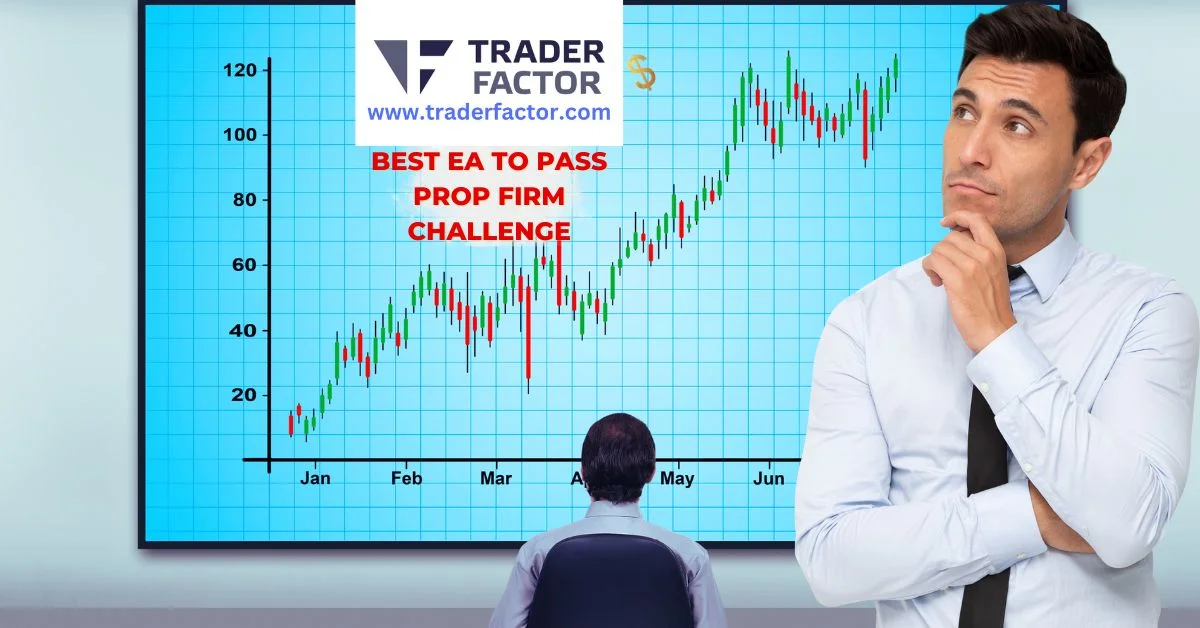
Common Pitfalls and Best Practices for EA Users
Navigating the intricacies of EAs in prop firm trading demands awareness of both pitfalls and practices that can enhance the effectiveness of automation. By integrating sound methodologies with proactive risk and performance management, traders can circumvent common errors and leverage EAs as powerful allies in their quest for prop trading success.

Avoiding Overreliance on EAs
For traders utilizing EAs, striking a balance between reliance on automation and human insight is crucial. Over-dependence on EAs can lead to complacency and reduced engagement in active decision-making. Like a sailor trusting solely in a compass amidst a storm, traders risk missing out on the nuanced understanding of market dynamics when they place excessive faith in automated systems.
Even the most sophisticated EAs cannot replicate the intuitive judgment and experience that seasoned traders bring to the table. As such, incorporating human oversight and strategic intervention remains essential for optimizing trading outcomes.
Strategies to mitigate overreliance on EAs:
- Continuous Strategy Review: Regularly evaluate the EA’s strategy and performance to ensure it remains aligned with market conditions.
- Human Intervention: Actively participate in decision-making processes, utilizing automated systems as supplementary tools rather than sole determinants.
- Diversification: Employ a multi-faceted trading approach, combining EA strategies with manual trading operations for a balanced trading portfolio.
By maintaining a judicious blend of automation and human interaction, traders can harness EAs effectively, maximizing their potential while avoiding the pitfalls of overreliance.

Managing Drawdowns and Losses
Handling drawdowns and losses is an inherently challenging aspect of trading, necessitating a strategic approach to safeguard capital and ensure longevity in trading endeavors. Navigating these phases with resilience and composure is pivotal for mitigating the psychological and financial impacts of market downturns.
Think of risk management as a foundational framework that provides stability amid uncertainty. By embedding this framework into trading operations, traders can preemptively address potential losses and drawdowns, ensuring consistency and continuity in their trading performance.
Key practices for managing drawdowns:
- Predefined Risk Limits: Set clear limits for acceptable drawdowns, adhering to predetermined thresholds to protect trading capital.
- Diversification across Markets: Spread exposure across different trading instruments and strategies to balance risk.
- Regular Performance Assessment: Continuously evaluate EA performance and make necessary adjustments to align with market conditions.
The proactive management of risks related to drawdowns and losses fortifies traders with the resilience needed to traverse the tumultuous terrain of prop firm evaluations, ultimately fostering long-term trading success.

Staying Updated with the Latest Trends in EA Technology
Remaining attuned to the latest trends in EA technology empowers traders to gain a competitive edge in the ever-evolving trading landscape. As advancements in machine learning, AI, and data analytics continue to shape the capabilities of EAs, staying informed and adaptable becomes imperative for skillful navigation of the trading world.
EAs that enrich their algorithms with cutting-edge technology offer traders enhanced analytical capabilities, enabling more effective market predictions and timely execution of trades. By integrating innovative elements into EA models, traders can capitalize on emerging trends and refine their trading approaches.
Strategies for staying abreast of EA trends:
- Continuous Learning: Engage with industry resources, forums, and experts to maintain up-to-date knowledge of technological progressions.
- Agile Adoption: Embrace new technologies in EAs, incorporating advances that bolster trading efficiency and effectiveness.
- Collaborative Synergies: Collaborate with peers and developers to refine EA strategies and introduce novel technologies into trading practices.
By actively engaging with the evolving landscape of EA technology, traders fortify their strategies with future-ready solutions, ensuring steadfastness and prowess in facing prop firm challenges.

The Future of EAs in Prop Firm Trading
As we delve into the future of EAs, the intersection of advanced technology and ethical considerations will continue to shape their evolution. For traders committed to staying ahead, understanding emerging trends and aligning opportunities with responsible practices will be pivotal in ensuring continued success in prop firm trading environments.

Emerging Technologies and Their Impact on EAs
The integration of transformative technologies like artificial intelligence (AI), machine learning (ML), blockchain, and quantum computing is reshaping the landscape of EAs in remarkable ways. These technologies elevate EAs’ capabilities, enabling them to address complex datasets with agility and precision, leading to groundbreaking developments in automated trading systems.
AI and ML impart EAs with predictive accuracy that enhances decision-making processes beyond conventional methods. By harnessing AI, EAs can proactively anticipate market shifts, crafting strategies that adapt fluidly to evolving circumstances. Furthermore, blockchain bolsters transparency and security, adding layers of integrity to trading operations.
Influences of emerging technologies on EAs include:
- Enhanced Data Processing: AI and ML facilitate processing of extensive datasets, distilling insights into actionable trading strategies.
- Adaptive Strategy Formation: Technology enables EAs to evolve strategies dynamically, maintaining relevance despite market fluctuations.
- Improved Security Measures: Blockchain introduces secure and transparent mechanisms for EA transactions and operations.
As these technologies continually advance, they redefine the possibilities for EAs, crafting a future where automation aligns seamlessly with trader goals and prop firm standards.
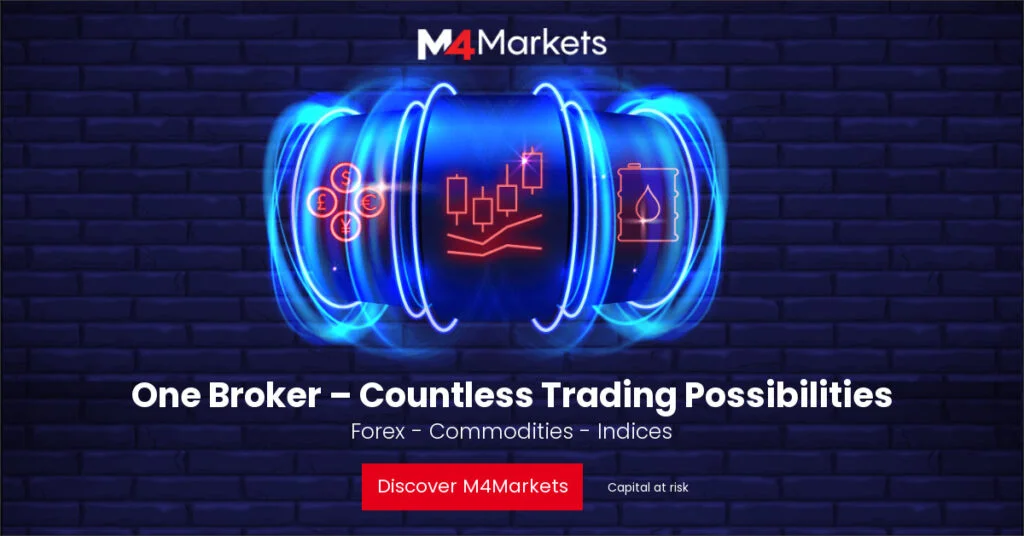
Ethical Considerations in EA Development and Usage
In the evolving landscape of EA development, addressing ethical considerations is critical to ensuring responsible innovation and deployment in prop trading contexts. This entails prioritizing transparency, accountability, and adherence to ethical standards while integrating advanced technologies into EAs.
The prospect of automating trading decisions invites scrutiny into market integrity, as the potential for abuse or manipulation emerges alongside technological advances. Therefore, it is imperative for developers to create systems that comply with regulatory frameworks and prioritize fair trading practices.
Ethical aspects in EA usage encompass:
- Regulatory Compliance: Ensuring adherence to trading regulations and guidelines for ethical operation.
- Transparent Trading Algorithms: Upholding transparency in the functioning and decision-making processes of EAs.
- Accountability in Automation: Recognizing the role of human oversight in monitoring and refining automated systems.
By intertwining ethical awareness with technological innovation, traders and developers forge a path where the future of EAs harmonizes responsibility with progress, shaping a trading environment conducive to both success and ethical adherence.
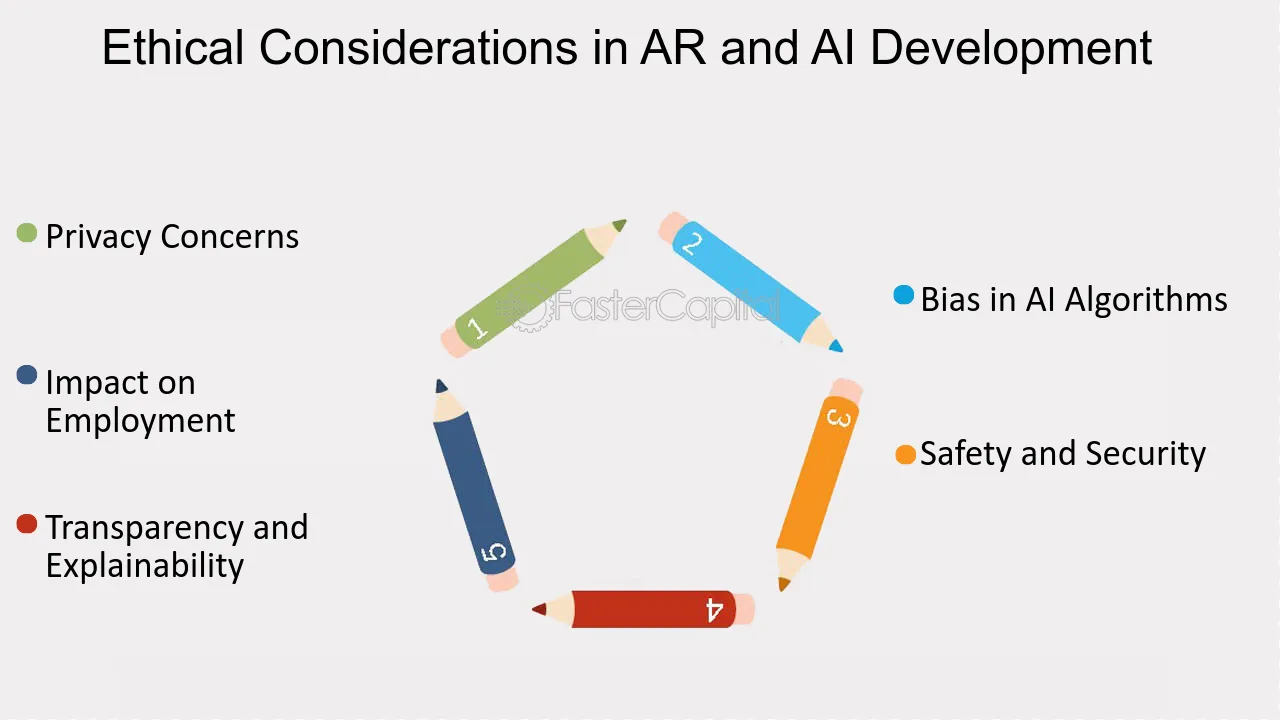
Conclusion
The emergence of Expert Advisors (EAs) as pivotal tools for navigating prop firm challenges represents a compelling fusion of technology and strategy. As traders leverage the automation capabilities of EAs, they unlock opportunities for consistent trading performance, reduced emotional interference, and precision in execution. Just as a conductor orchestrates a symphony, traders must harmonize their understanding of technology with strategy, ensuring that EAs serve as effective co-pilots rather than autonomous operators. With incorporation of robust risk management, continuous optimization, and ethical considerations, EAs propel traders toward achieving prop firm success. As the trading landscape continues to evolve, adaptability remains a key ally, guiding traders to harness the full potential of EAs while maintaining the integrity and accountability crucial for enduring success.

